1 What is Platform Engineering?
Interest in platform engineering has surged, yet definitions vary. This chapter frames it as a craft that blends architecture, engineering, and product delivery to build an internal engineering platform—software defined and owned by dedicated teams—that gives developers self-service access to everything they need to create, release, and operate software. The aim is to deliver quickly and safely in the face of changing technology, governance, and security demands, while reducing cognitive load and cross-team dependencies. When done well, platforms measurably improve productivity, quality, cost efficiency, and developer satisfaction—benefits that apply to organizations of many sizes, not just large enterprises.
The chapter contrasts common DevOps tooling-first journeys—often leading to duplicated efforts, pipeline bottlenecks, and centralized queues—with a product mindset for internal platforms. Platform engineering treats infrastructure, security, compliance, and quality practices as productized capabilities, exposed via APIs and designed for self-service so teams can move autonomously without sacrificing standards. Success depends on product management and domain-driven design to create loosely coupled domains that scale while preserving a cohesive developer experience. The experience is underpinned by metrics and observability, with governance and security embedded into the platform (for example, verifying compliance at the point of change) to sustain velocity and trust.
Teams should adopt these principles early once strategically valuable software initiatives are identified, while recognizing that broad investment may be unnecessary where custom software isn’t core to outcomes. The chapter distills foundational principles—everything software-defined, self-serve by design, evolutionary architecture, metrics-driven success, secure and compliant, automated governance, and observable—and highlights enablers: Developer Experience as a platform subdomain, DevOps as a culture embedded in teams, SRE as a maturity-driven reliability practice, and generative AI as an accelerator that still requires expert judgment. A running case study introduces a fast-growing company hampered by silos and handoffs, setting the stage for how a platform team can transform delivery speed, safety, and developer joy.
Companies adopting a DevOps culture often start by enabling development teams to deploy their own infrastructure.
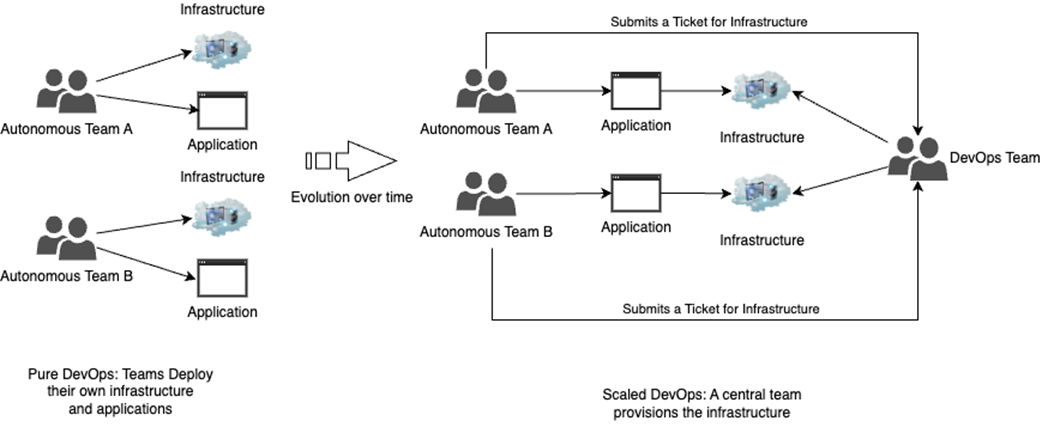
Platform engineers, working as unified product teams, build and deliver a product that provides internal development teams with the things they need to do their job.
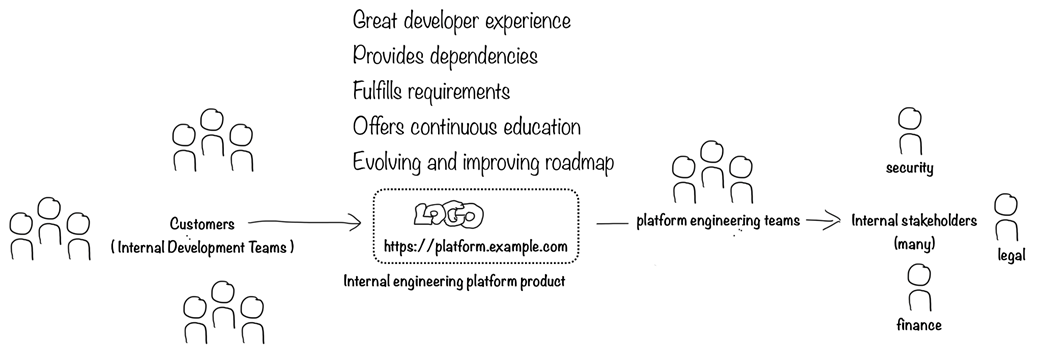
Platform engineering depends on the disciplined application of a Product Delivery Model. Product management drives decisions about the product’s capabilities, features, and experiences. Effective platform engineering principles enable us to deliver capabilities, features, and experiences more successfully. Identifying and architecting around the internal Product Domains of our platform is how we successfully sustain the user experience as the product evolves and scales.
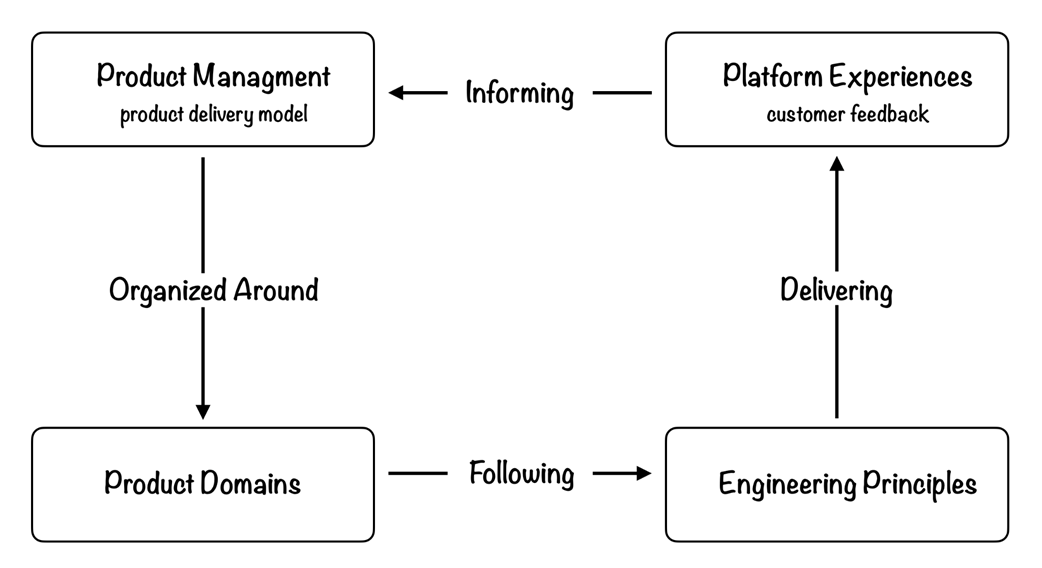
Eight principal product domains within an engineering platform. The numbers by the domain indicate an underlying dependency ordering when launching a new platform.
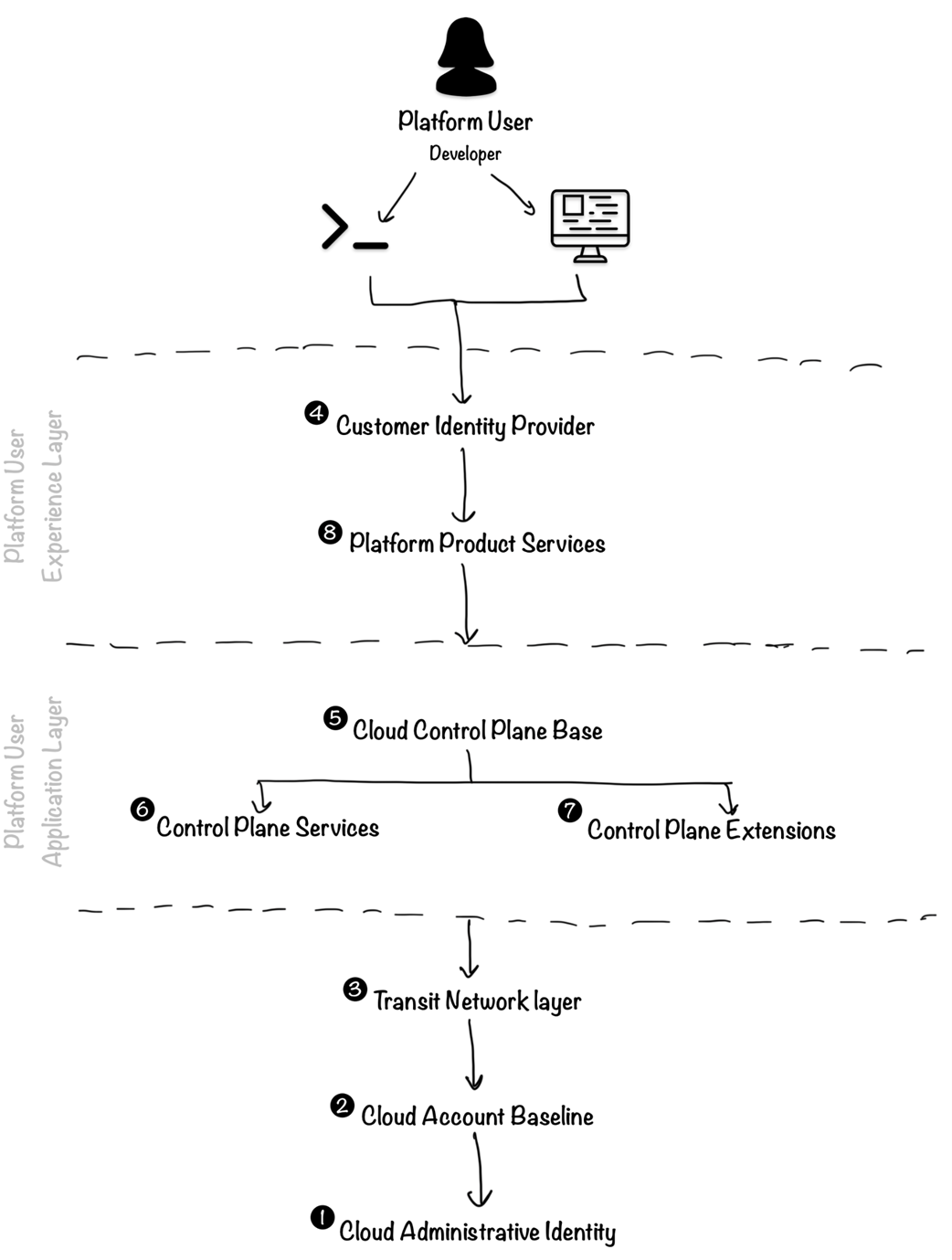
Software Defined is placed in the middle because it is a core attribute of everything the platform engineer delivers. The rest of the principles share a connection because they continuously evolve, and decisions made in applying these surrounding principles can impact the requirements of the others.
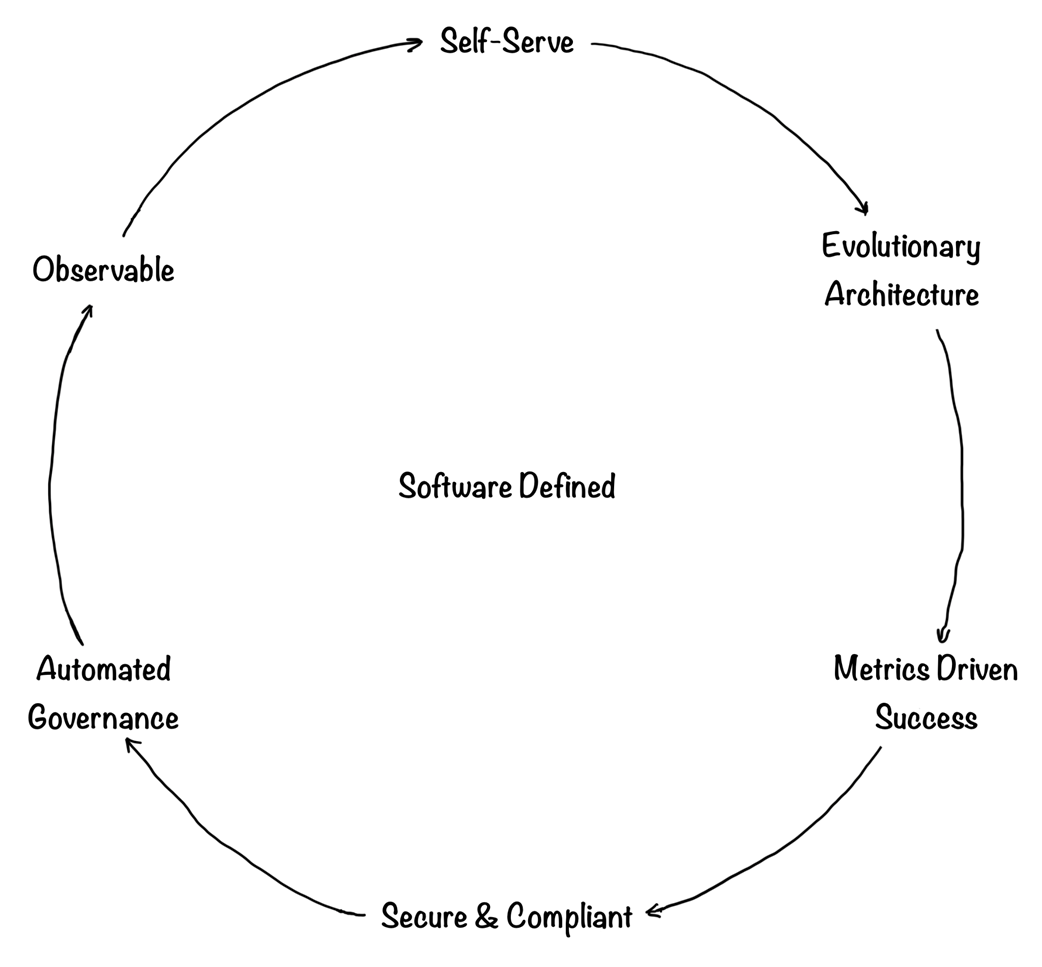
There is a direct connection between each of these enablers and the resulting quality and impact of a platform.
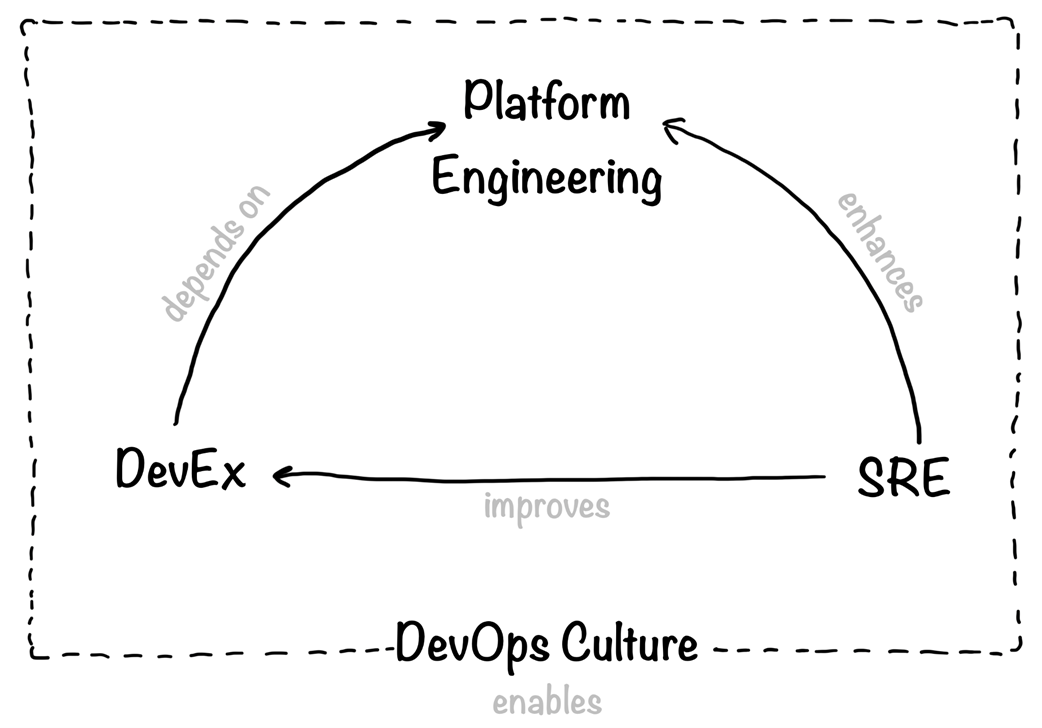
Infrastructure-oriented changes can go through as many as four handoffs by the time they reach the team that actually does the work. Each of these teams is only allowed to optimize a process within its own team’s scope of responsibilities.
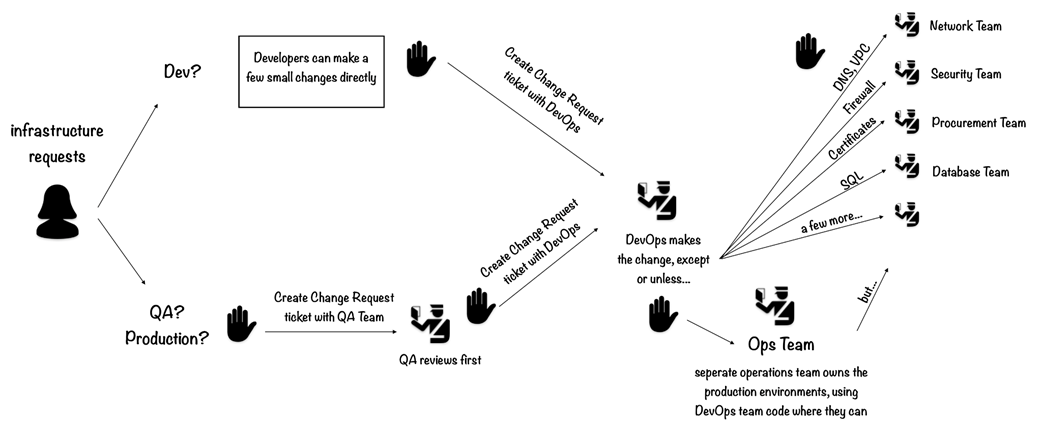
The application deployment process is fragmented, with multiple teams owning various requirements. A pipeline has been created to automate several steps, but a separate team also owns this process. A release can sometimes take weeks to complete.

Summary
- Platform Engineering is a craft composed of the architectural, engineering, and product delivery disciplines applied by dedicated engineering teams in an Engineering Platform's ideation, creation, delivery, and evolution.
- Effective platform engineering teams will work to deliver engineering platforms that provide internal software development teams with self-managed and seamless access to the tools and technologies they need to innovate, create, release, and operate their software without the usual toil, delays, and cognitive load.
- Applied well, there is significant waste that can be removed from the development lifecycle by providing developers with an effective engineering platform.
- Platform engineering principles and practices should be adopted as early as possible once an organization identifies strategic business value in custom software development.
- Platform engineering teams are software engineering teams that deliver internal products to stakeholders and users throughout the organization.
- Platform engineering requires a strategic approach with a product mindset to differentiate it from developing automation that can improve productivity.
- The development and delivery of engineering platforms should follow domain-driven design principles.
- Implemented correctly, platform engineering is neither a buzzword nor a replacement for the cultural paradigm of DevOps or the principles of Developer experience or the practice of Site reliability engineering.
- Generative AI helps identify critical areas for platform strategy improvement (planning, design, testing, etc.) and accelerates these phases through automation and prediction.
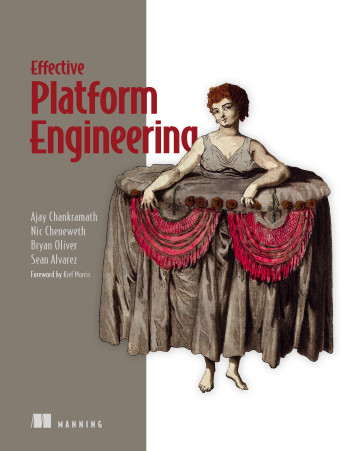 Effective Platform Engineering ebook for free
Effective Platform Engineering ebook for free